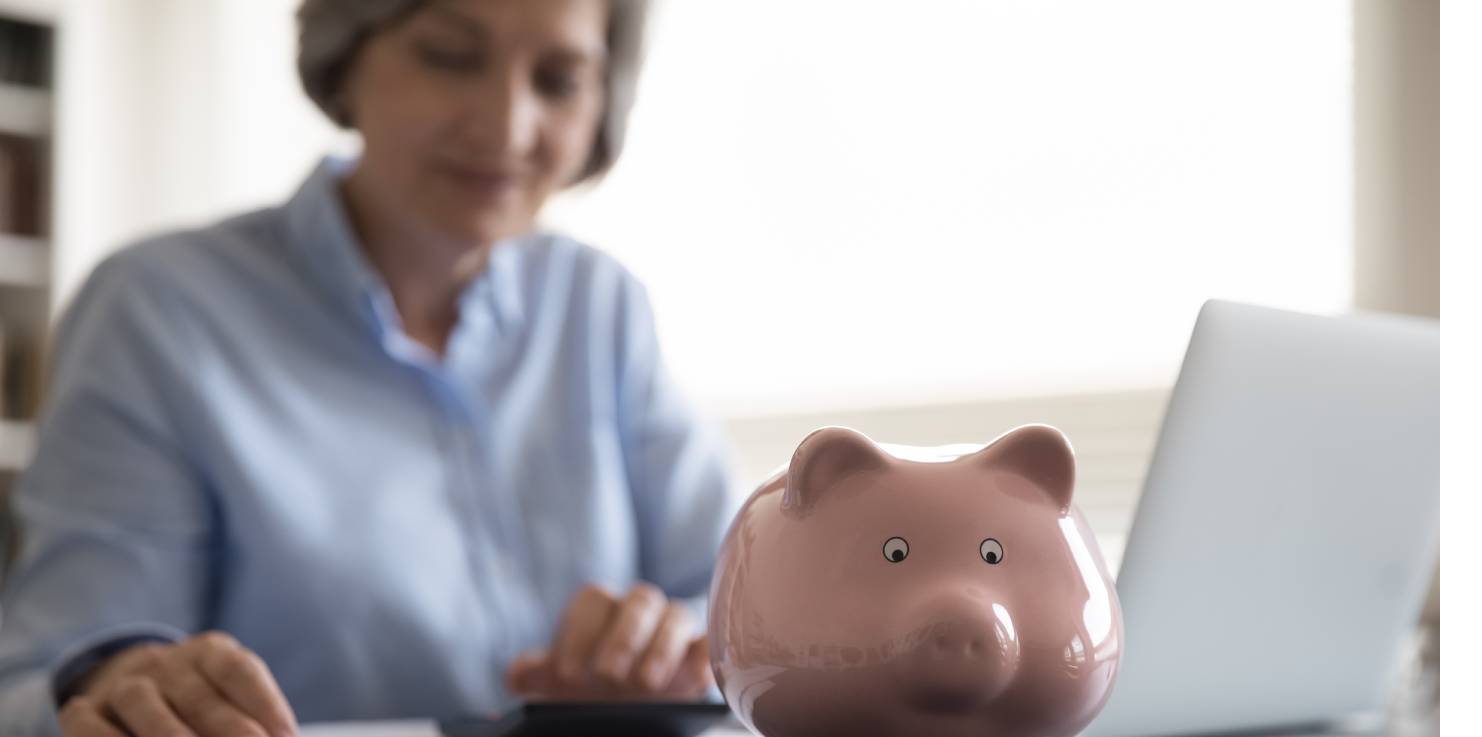
This article is for general guidance only and is not financial or professional advice. Any links are for your own information, and do not constitute any form of recommendation by Saga. You should not solely rely on this information to make any decisions, and consider seeking independent professional advice. All figures and information in this article are correct at the time of publishing, but laws, entitlements, tax treatments and allowances may change in the future.
Making your money work hard is a key part of a successful retirement, or planning for it. Yet with tax bands frozen and allowances often changing, it’s easy to end up paying more tax than you legally need to.
Being tax-savvy can make a significant difference to your annual income. Many valuable allowances go unclaimed every year, simply because people don’t know they exist.
From property to pensions, here are nine clever ways you can boost your income, without handing any extra to the taxman.
What’s on this page?
If you’re married or in a civil partnership and one partner earns less than £12,570 (the personal allowance), they can hand over £1,260 of their allowance to the higher-earning partner through the marriage allowance. The higher-earning spouse must be a basic-rate taxpayer, not a higher or additional-rate taxpayer, in order to benefit.
Receiving a pension doesn’t affect eligibility.
Laura Suter, director of personal finance at investment platform AJ Bell, says the marriage allowance could save you up to £252 in the current tax year. “It’s thought around two million couples are eligible for this tax break but not claiming it. Even those where one half of the couple is retired can claim the tax break.”
As you can backdate a claim up to four years, it could mean a potential rebate of £1,260, including the current year.
You can check if you’re eligible for marriage allowance and apply on the government website.
You can earn up to £1,000 a year tax-free from a side hustle or hobby, such as selling things – whether it’s hand-made crafts, or clothes or books you don’t need any more – occasional freelance work, dog walking or gardening.
If you’re a basic-rate taxpayer this could save you up to £200 a year, or £400 a year if you’re a higher-rate taxpayer.
If your side income stays below £1,000, you don’t need to fill in a tax return.
If you earn more than £1,000, you’ll still benefit from the allowance, but you’ll need to fill out a tax return to declare the extra income above the threshold and pay any relevant tax. You can’t use your trading allowance if you’re planning to set your expenses against tax – so you’ll need to think about whether you’re better off using the trading allowance or claiming expenses.
Even if you are below the £1,000 allowance, keep track of any paperwork in case you are asked to provide it by HMRC. The reporting threshold is due to rise from £1,000 to £3,000 from April 2027.
Thanks to the personal savings allowance, you get the first chunk of interest on income tax-free.
Basic rate taxpayers can receive up to £1,000 in interest from savings accounts each year without paying tax, while higher-rate taxpayers can receive up to £500. Additional-rate taxpayers get no personal savings allowance.
If you earn less than £12,570 from wages and pensions, you may also qualify for the starting rate for savings. This means the first £5,000 of interest on your savings is tax free. You still get the personal savings allowance of £1,000 on top of the starting rate of savings.
Sarah Coles, head of personal finance at investment platform Hargreaves Lansdown, explains that the starting rate means you can make £12,570 from wages and £6,000 in savings interest – £18,570 in total – without paying any tax. “However, for every £1 of non-savings income over your personal allowance, you lose £1 of your starting savings allowance, so if you earn £17,570 [in wages] you lose all the allowance,” she adds.
Perfect for empty nesters or anyone with extra space, if you rent out a furnished room in your home, the first £7,500 you earn in rent each year is tax free.
This applies whether you take in a lodger or run a small B&B in your own home. “This will ‘save’ you up to £1,500 a year as a basic-rate taxpayer, or £3,000 a year if you pay income tax at 40%,” says Suter.
“You don’t even need to own the home to benefit, you could be renting out part of your rental property – however, you’ll need to check that your lease doesn’t prohibit that,” she says. The tax-free threshold is halved to £3,750 if you share the income with someone else, such as a partner or co-owner. You won’t need to fill in a tax return, unless you earn more than the tax-free limit.
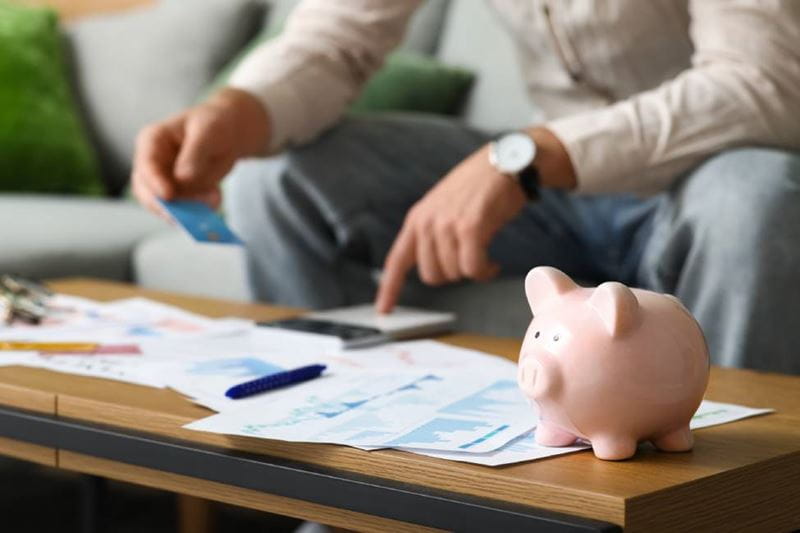
If you make a small income from property you own – for example, renting out a driveway, garage or storage space, the first £1,000 a year is tax free under the property allowance.
You can’t claim this as well as the rent a room scheme. You must choose one. If your property income exceeds £1,000, you can deduct this allowance instead of claiming actual expenses, as long as you aren’t renting to a connected company or close relative.
You can claim both the £1,000 property income allowance and the £1,000 trading allowance, as long as they don’t come from the same income source. For example, you can earn £900 selling clothes online (through the trading allowance) and £950 renting out your driveway (the property allowance) tax-free.
If you hold shares outside an ISA, the first £500 of dividend income is tax-free.
Rob Morgan, chief investment analyst at Charles Stanley, says that ideally, investments in shares and funds generating dividends should be held in tax-efficient accounts such as ISAs. “But if it’s not in an ISA, you can receive a small amount of dividend income tax-free.”
Combined with the personal allowance (£12,570) and the capital gains tax allowance (£3,000), and with some careful planning, the dividend allowance can be a valuable tool in helping to maximise the amount that you are able to draw from your assets tax-free.
You can take capital gains from your investments to help supplement your income in retirement.
Capital gains tax (CGT) applies when you profit from selling assets such as shares, investment funds, investment properties or valuables. Although the CGT allowance has significantly reduced in recent years, you can still make up to £3,000 in gains each tax year without paying CGT.
With some extra planning it’s possible to mitigate the tax still further. For instance, by selling a profitable asset such as shares in stages over several tax years, you can use multiple allowances. You can also transfer assets to a spouse to take advantage of their annual £3,000 allowance.
Alan Barral, financial planner at wealth management company Quilter Cheviot, points out that this can unlock up to £6,000 a year in combined annual gains with zero CGT.
“If you spread the sales across multiple tax years, the tax-free benefit compounds,” he adds. “Whether selling shares, property or other assets, with thoughtful planning, retirees can use this often-overlooked allowance to manage their portfolios more efficiently and keep more of what they’ve earned.”
When you start withdrawing money from your pension, the first 25% is tax-free (up to a maximum of £268,275 in tax-free cash). But did you know that you don’t have to take the tax-free cash all at once? Accessing just what you need could help you leave more of your retirement savings invested for longer in a tax-free pension wrapper. It could even mean more tax-free cash when you do access the money, if the fund values have grown. This approach is known as phased drawdown.
Remember that income from stocks and shares ISAs and interest on cash ISAs is tax-free. You can put up to £20,000 a year into as many different ISAs as you want. You can take bond income or UK dividend income free of tax, or cash in your investment and take it out without paying capital gains tax.
It’s one reason why it can be so valuable to hold ISAs when you reach the stage of life when you’ll be drawing income from your assets, says Coles.
“It means you can balance income from ISAs with that from other taxable sources in the most tax efficient way possible. If you have a really significant ISA portfolio you could take all your income free of tax and never have to trouble the taxman at all,” she says.
You should speak to a financial adviser if you are unsure about the best scenarios for your money.

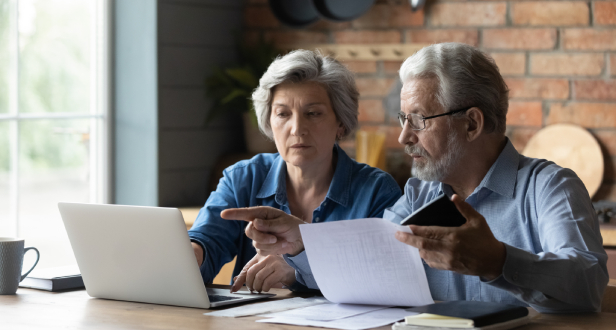
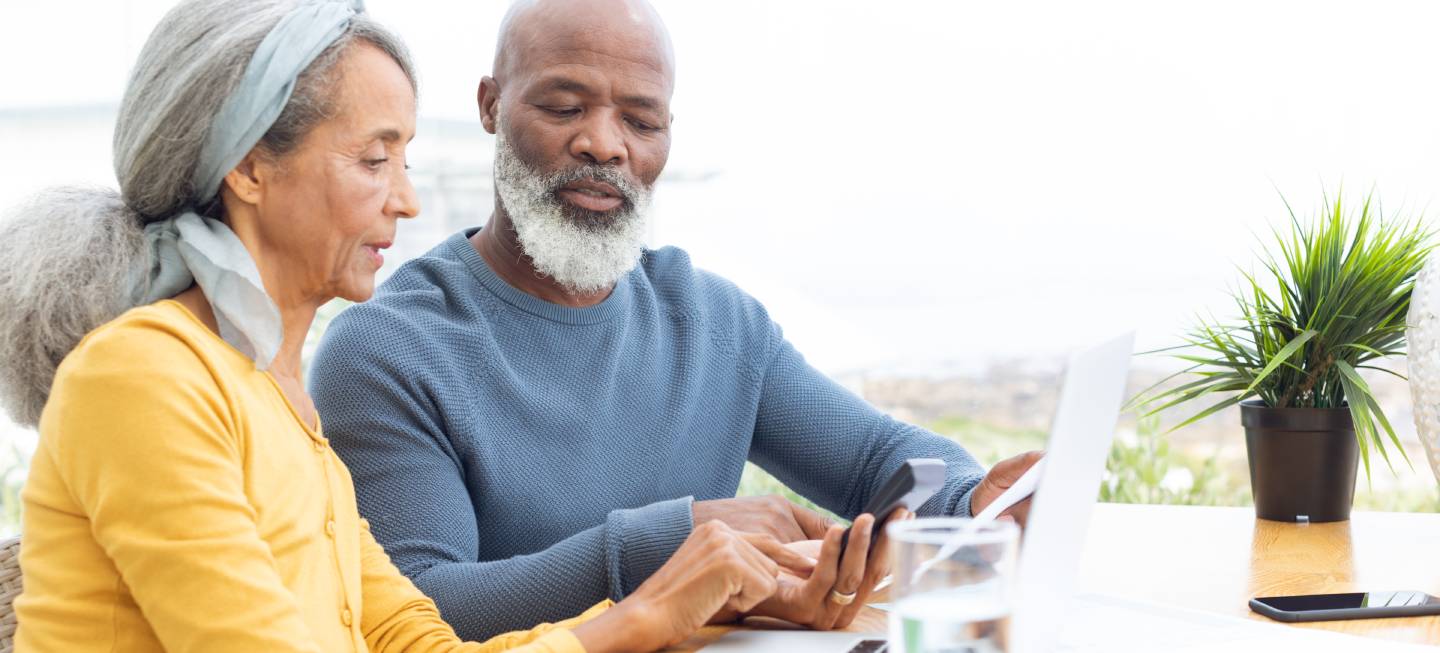
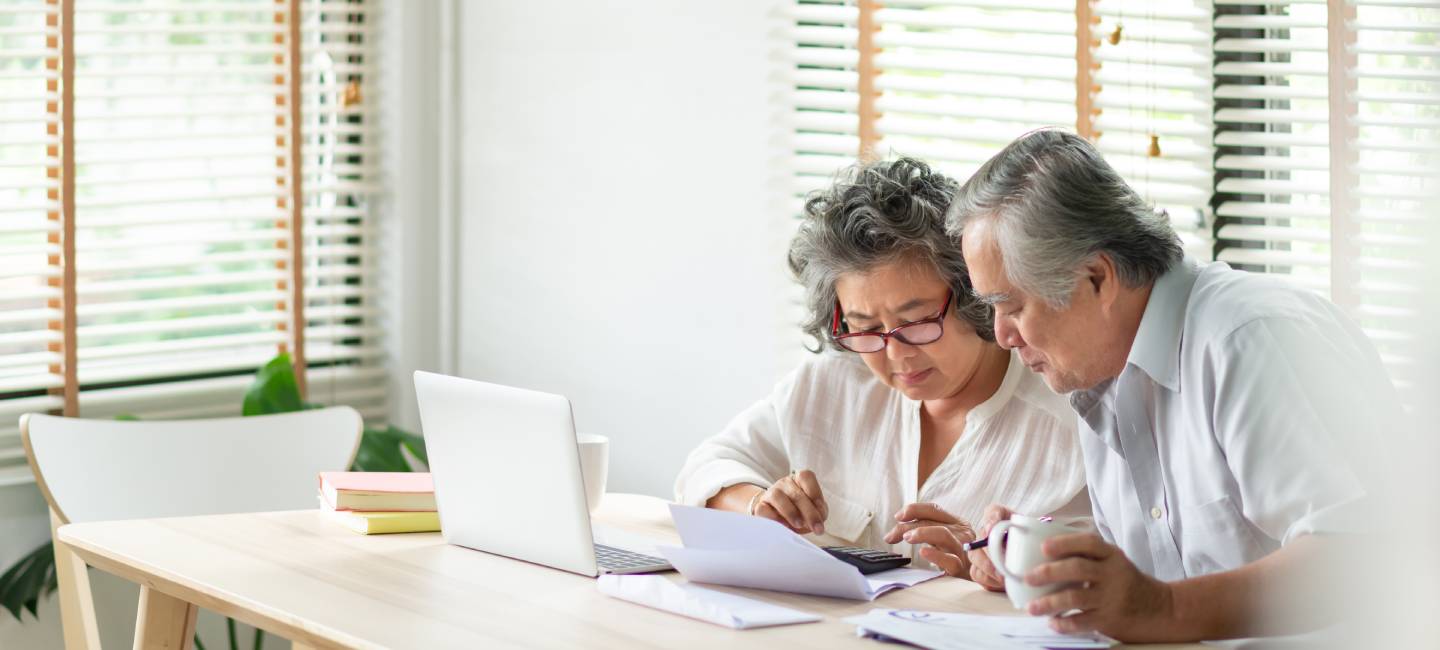
Find out what happens next & what to do if you’re worried about your ISAs.
